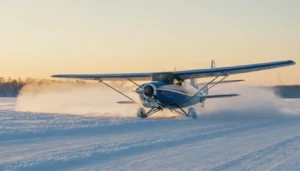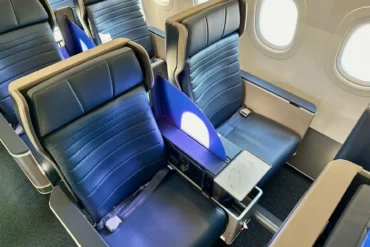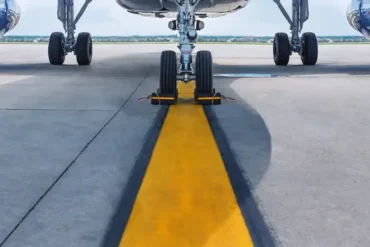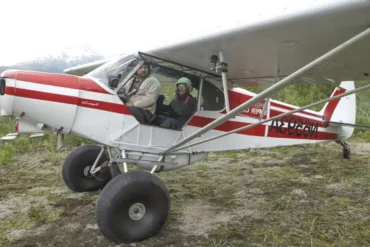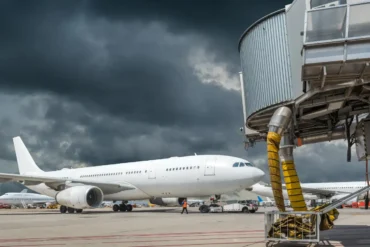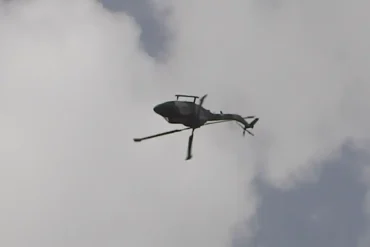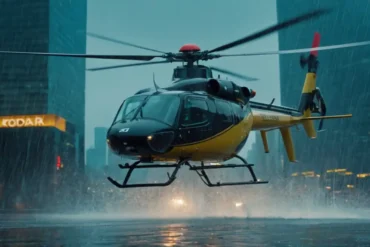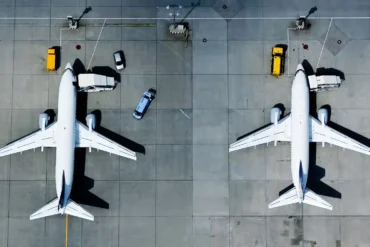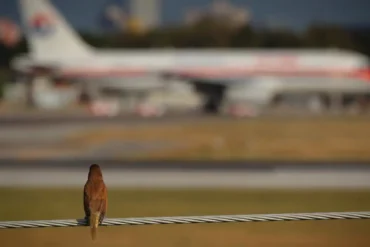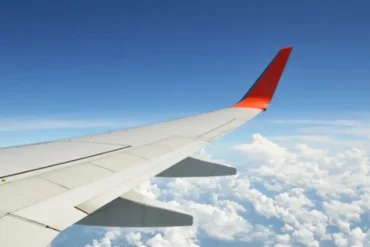Winter weather can make some nervous about flight safety, especially when snowstorms and icy conditions hit. You may wonder how well planes handle these challenges. Don’t worry – aircraft are carefully designed to hold up in all kinds of weather, so you can rest easy on winter trips.
Pilots, with their skill and advanced tech, make sure flights stay safe even when the weather isn’t great. Working with air traffic control and airport staff, they make sure runways are clear and visibility is good enough for a smooth ride.
In aviation, safety comes first. While you wait at the airport with snow coming down, know that experts are doing their best to ensure your journey is safe and comfortable.
Can Planes Make It Through Snowstorms?
It’s understandable to feel uneasy about flying in heavy snow. But modern planes are built to handle all sorts of conditions, including snowstorms. Before taking off, aircraft go through careful de-icing to remove any ice or snow so you can have a safe, bump-free flight. Pilots train extensively for bad weather, so they can expertly steer through snowy skies and give you peace of mind.
On your flight, advanced systems will keep you safe. State-of-the-art weather radar gives pilots real-time snow and hazard data so they can change course or altitude as needed. Anti-icing tech on the wings prevents ice buildup and keeps performance optimal.
While heavy snow may lead to delays, rest assured that airline professionals prioritize your safety above all else. Air traffic control carefully coordinates airport operations in snowstorms, scheduling takeoffs and landings to maintain proper distances between aircraft. Though inconvenient, these delays serve your best interest by maximizing safety.
Challenges of Navigating Snowy Skies
Flying through snow poses challenges for pilots and airlines. Visibility drops sharply in heavy snow, making it hard for pilots to see the runway on takeoff and landing. This gets worse if snow collects on the airplane’s windows, blocking the view even more. It adds an extra layer of difficulty to an already tricky situation.
Snowy weather also impacts airport operations. Clear runways are critical for safe takeoffs and landings. Snow and ice reduce traction and stopping ability on the runway. Airports use specialized equipment to keep runways clear and apply de-icing chemicals, ensuring operations stay safe.
The airplane itself needs preparation too. Snow or ice on the wings, tail, and other parts changes air flow over them, affecting performance during takeoff and landing. To prevent this, planes go through de-icing before takeoff using heated antifreeze to melt and remove any snow or ice buildup.
These challenges may lead to delays or cancellations during heavy snowstorms. Staying up-to-date on your flight’s status and checking with the airline about schedule changes is important. While smaller planes can struggle in the snow, most commercial aircraft can safely fly through it with proper precautions and by respecting operational limits.
De-Icing Demystified
De-icing is a key process that enables safe takeoffs when snow or ice is present. Winter weather and frigid temperatures can cause flight delays. Needing to de-ice aircraft surfaces is a major factor. While inconvenient, it’s a vital safety step for flights when the weather is bad.
Winter Flying: Navigating Chilly Skies Airplanes can handle light snow, but controlling ice and snow buildup is critical. De-icing removes existing ice and snow, while anti-icing stops it forming on essential surfaces.
De-icing is hugely important. Ice or snow on the wings and key surfaces changes air flow, raising risks during takeoff. Pilots train for this, and airports have snow protocols in place.
If flights get cancelled due to bad weather, compensation up to €600 per person may be required. But a short de-icing delay is worthwhile to keep passengers safe.
Challenges and Solutions for Cold Weather Flying
Visibility is key for pilots, especially on takeoff and landing. Heavy snow can reduce visibility substantially, posing challenges for pilots. Modern planes have advanced tools to navigate low visibility effectively.
Cold raises the risk of ice on aircraft surfaces, disrupting lift and performance. De-icing sprays chemicals to remove ice and prevent more forming during the flight.
Snowstorms can cause airport delays due to factors like high winds, poor visibility, and heavy snow. Airlines adjust schedules to prioritize passenger and aircraft safety. While planes are built for cold conditions, de-icing adds time before takeoff, potentially causing delays. Staying current on your flight status is important in case of changes.
Moreover, winter storms bring major concerns, especially high winds that can destabilize planes, causing turbulence and discomfort. Rest assured pilots are highly trained to handle these situations and ensure your journey stays safe.
Common Questions About Flying in Snow
Can planes operate in freezing weather?
Definitely. Aircraft are engineered for extreme cold and icy conditions. De-icing before takeoff removes any ice or snow buildup. Frigid temps alone rarely lead to cancellations if preparations are done properly and conditions are safe for flying.
Is it dangerous to fly in winter?
Winter flying is generally very safe, although weather poses challenges. Airlines and airports are well equipped with snow clearance equipment and de-icing capabilities. The risk of flying through heavy snow is low thanks to the advanced tech in modern aircraft.
Can planes fly in the rain?
Yes, planes routinely fly through rain. Rain is less likely to cause cancellations than snow or high winds. Advanced radar lets pilots monitor conditions and change course, ensuring safety. While rain may cause some delays, it’s rarely the sole reason for cancellations.
If you fly frequently, stay informed on winter hazards. Airlines and airports work hard to minimize delays and keep you safe. Be prepared for weather-related changes to your travel plans during the snowy months.
Will my flight be cancelled if it snows?
Cancellations are possible in heavy snow and high winds, which can create safety issues. Airlines try to avoid cancellations but prioritize safety above all. Exact decisions depend on the specific airport and airline. Rest assured your well-being is the number one priority in these situations.
